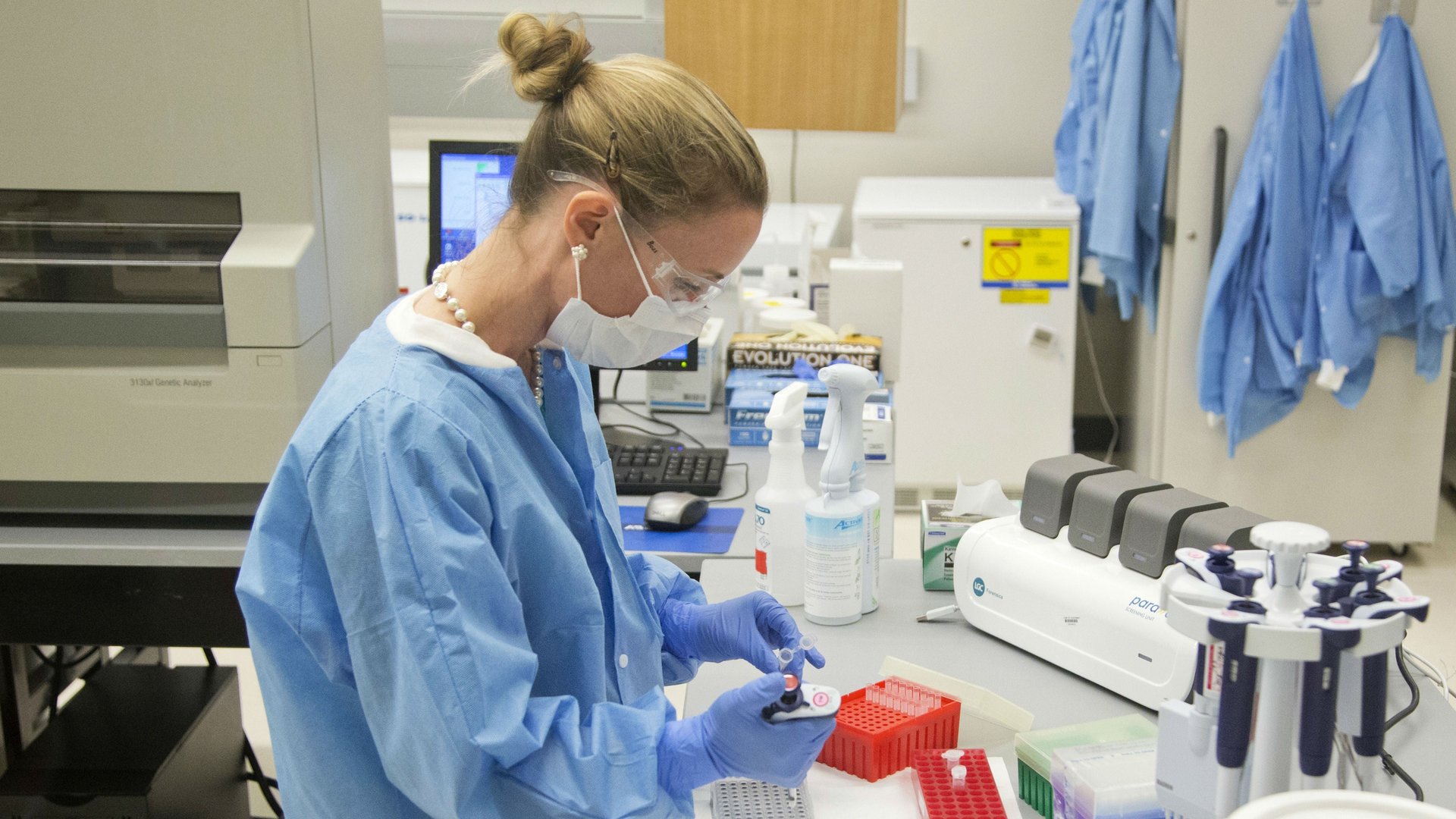Female scientists make medicine better for all genders
If we want to really understand human health, we need to get more women on medical research team.


If we want to really understand human health, we need to get more women on medical research team.
Researchers analyzed over 1.5 million papers and found that when a study has least one woman author, it’s more likely to include an analysis on gender and sex differences among research participants. The findings were published (paywall) in Nature Human Behavior on Nov. 6.
Historically, medical research has included far fewer women than men. And yet, women’s health can differ dramatically from men’s. Heart disease, for example, typically shows up later in life for women and may cause different symptoms. Without a complete more research on how diseases impact men and women differently, there’s a high risk of misdiagnosis and failure to receive proper treatment. Another example: recent research (paywall) has also shown that differences in natural bacteria found in the vagina may make some women more likely to contract HIV. That’s the sort of thing that, had it been discovered years ago, could have informed drug research and prevention strategies. But it could only have been discovered if gender had been systematically considered in HIV research from the start.
There are also social differences associated with gender, like different stressors patients may experience in their lives, or the way that they are treated by their doctors. Women are more likely to have their pain dismissed, even in emergency settings than men are. If researchers can understand these psychosocial differences, they may be able to adjust for them to ensure that men and women are receiving the care they each need.
The recent study looked at about 1.5 million papers published between 2008 and 2015, all of which focused specifically on a given disease. The researchers analyzed these papers using an algorithm that hunted for language indicating the paper included some sort of sex and gender breakdown of the data. They also used a publicly available tool to analyze whether authors’ names were typically male or female. Overall, 35% of the authors listed were categorized as women; the remainder were men.
Studies that included at least one female author included a gender analysis of the research 45% of the time, compared with 35% all-male teams. Among papers with women as first authors (a designation usually given to the scientist who did the majority of the work on a study), 53% included these types of analyses compared to 40% of those papers with male first authors.
The researchers noted that their analysis may be biased because their algorithm may have missed some papers that actually do include these gender-analysis data, but without using the specific language the algorithm was designed to locate. Additionally, they acknowledge that women may be picking research areas that have known gender differences—like the way drugs and other chemicals may be processed in the body, for example.
In any case, these findings suggest that when female researchers participate in studies, we get a broader body of knowledge overall, and that the medical field needs more women to lead studies that can help alleviate gender disparities in research.
Correction: Due to an editing error, a previous version of this article inaccurately stated that historically, medical research has included fewer men than women. In fact, It has included far fewer women than men.